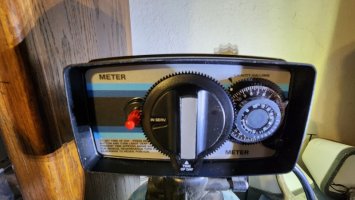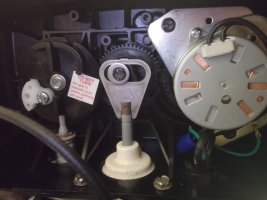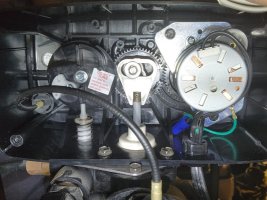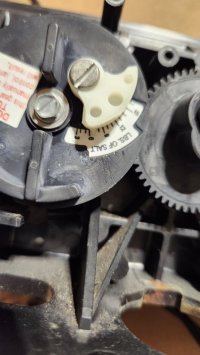The harrymanimus
harrymanimus
1. No soft water, did a valve rebuild
2. Regen would jam the gears solid, I'd unjam them taking it apart.
3. Replaced program wheel, gears still jammed after(during?) rebuild.
4. Replaced the power head ($135), did a regen, gears seem ok after regen.
5. After regen, fizzy salty water
6. I let it run for a 5 minutes or so, not salty to taste anymore, more bubbles than usual though
I eyeballed the salt settings from my old unit, but new unit is missing the measurement sticker.
So either this is left over from my previous issues where nothing was working right, or I have some other issue going on. Between 1 and 4 I did have some fizzy water issues and I'd bypass the softener.
Can I turn it directly to rinse or some such setting, then do another regen to diagnose if this is a left over issue?
2. Regen would jam the gears solid, I'd unjam them taking it apart.
3. Replaced program wheel, gears still jammed after(during?) rebuild.
4. Replaced the power head ($135), did a regen, gears seem ok after regen.
5. After regen, fizzy salty water
6. I let it run for a 5 minutes or so, not salty to taste anymore, more bubbles than usual though
I eyeballed the salt settings from my old unit, but new unit is missing the measurement sticker.
So either this is left over from my previous issues where nothing was working right, or I have some other issue going on. Between 1 and 4 I did have some fizzy water issues and I'd bypass the softener.
Can I turn it directly to rinse or some such setting, then do another regen to diagnose if this is a left over issue?
Last edited:




